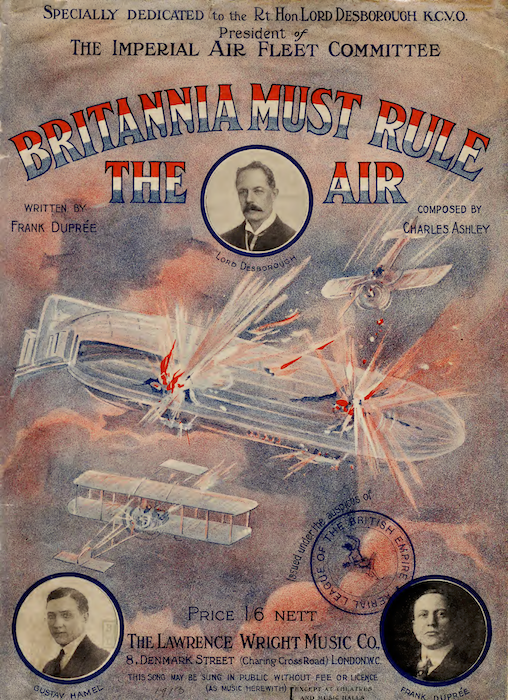On Remembrance Day, 11 November 2016, I was privileged to be part of a joint seminar with Dr Richard Scully and Dr Nathan Wise, highlighting the teaching and research we do around the topic of the First World War (Richard is the author of British Images of Germany: Admiration, Antagonism & Ambivalence, 1860-1914, Nathan of Anzac Labour: Work and Workplace Cultures in the Australian Imperial Force during the First World War). Richard provided the context and graciously introduced Nathan and I, who each then gave a short presentation explaining our respective reaearch programmes. You can see the whole seminar above. Nathan went first; the abstract for his part is as follows:
Citizen-soldiers: Contextualising military service during the First World War
For decades, the otherworldliness of the First World War has fascinated Australian historians. Since the 1960s there has been a steadily growing genre of social and cultural histories of military environments. This genre analyses people in the military by the same standards that scholars would otherwise use when assessing people in civil society. What did they believe, how did they behave, how did they relate to each other, how did they actively shape the world around them? Part of this approach is designed to challenge the assumptions of the traditional genre of military history, and to attempt to explore these environments through ‘civilian lenses’. In this talk, Dr. Wise explores how this scholarly approach impacts on research and teaching activities at UNE.
And the abstract for mine (which starts at about the 26 minute mark, but listen to Nathan's too!) is:
Zeppelins and Gothas: The British People and the Great War in the Air
As a cultural historian of aviation, I am primarily interested in the ways that people in the early 20th century thought and felt about the new technology of flight and its incredible potential for changing the world. Over the past couple of years I have focused especially on the Great War, during which aircraft moved from being merely entertainment to efficient and deadly weapons. In this talk, I will outline my current research programme which aims to understand how the British people experienced and interpreted what was then a new and terrible experience: the aerial bombardment of London and other cities, first by Zeppelin airships, then by Gotha aeroplanes. This research has already resulted in three articles and eventually will lead to a book, in what is a surprisingly under-researched field.
As you can see, it's essentially a preview of my next book, or what will be my next book if I ever get around to it...





